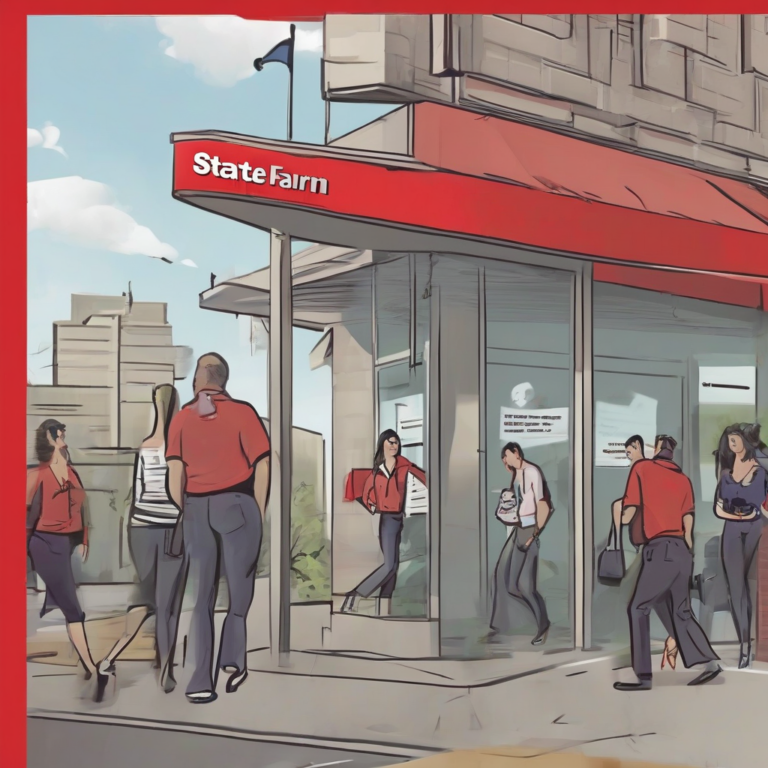Navigating the VA Claims Process: A Comprehensive Guide to Filing and Winning Your Benefits
Navigating the VA Claims Process: A Comprehensive Guide to Filing and Winning Your Benefits
Filing a claim with the Department of Veterans Affairs (VA) can feel overwhelming. This guide provides a detailed walkthrough of the process, covering everything from gathering necessary evidence to appealing a denied claim. We’ll break down each step, offering practical advice and resources to maximize your chances of success.
Understanding Your Eligibility
Before you begin the filing process, it’s crucial to understand your eligibility for VA benefits. Eligibility depends on several factors, including your military service history, the nature of your disability or condition, and the connection between your condition and your military service.
- Service Connection: This is the cornerstone of most VA disability claims. You must demonstrate a direct link between your current condition and your time in the military. This can be established through medical evidence, service records, buddy statements, and other supporting documentation.
- Type of Benefits: The VA offers a range of benefits, including disability compensation, healthcare, education, and home loans. Understanding which benefits you’re eligible for is a critical first step.
- Character of Discharge: Your type of discharge (honorable, general, etc.) can impact your eligibility for certain benefits. Review your DD-214 to confirm your discharge status.
- Time Limits: There are time limits for filing claims, especially for certain conditions. Act promptly to avoid missing deadlines.
Gathering Necessary Evidence
Strong evidence is vital for a successful claim. The more compelling evidence you provide, the higher your chances of approval. This includes:
- Medical Records: Gather all relevant medical records, including those from your time in service and subsequent civilian care. This is arguably the most important aspect of your claim.
- Buddy Statements: Statements from fellow service members who can attest to your condition or injuries during your time in service are highly valuable.
- Service Records: Obtain your DD-214 and other service records that might document injuries, illnesses, or exposures during your military service.
- Lay Statements: Statements from family members or friends who can describe the impact of your condition on your daily life can be helpful.
- Private Medical Opinions: Consider obtaining a private medical opinion from a qualified physician specializing in your condition. This can add significant weight to your claim.
Choosing the Right Claim Type
The VA offers several ways to file a claim. The best option depends on your specific circumstances and the type of benefit you’re seeking.
- VA Form 21-526EZ: This is a streamlined application for disability compensation. It’s often the easiest option for straightforward claims.
- VA Form 21-0781: This is a more comprehensive form used for more complex claims or those involving multiple conditions.
- eBenefits Portal: You can submit claims online through the VA’s eBenefits portal, offering a convenient and efficient way to file.
Filing Your Claim
Once you’ve gathered your evidence and chosen the appropriate claim form, you’re ready to submit your claim. Follow these steps carefully:
- Complete the Form Accurately: Double-check all information for accuracy. Any errors can delay the process.
- Organize Your Evidence: Keep your supporting documents organized and clearly labeled.
- Submit Your Claim: Submit your claim through the chosen method (mail, online, or in person).
- Track Your Claim: Use the VA’s online tools to monitor the status of your claim.
Understanding the Claims Process
The VA claims process can take several months, even years, to complete. Be patient and persistent. The process typically involves:
- Claim Receipt and Review: The VA will acknowledge receipt of your claim and begin reviewing your evidence.
- Evidence Gathering: The VA may request additional evidence during the review process.
- Rating Decision: After reviewing your evidence, the VA will issue a rating decision, indicating the percentage of disability assigned to your condition(s).
- Notification of Decision: You’ll receive notification of the decision via mail.
Appealing a Denied Claim
If your claim is denied, you have the right to appeal the decision. The appeals process can be complex, but it’s important to understand your options:
- Higher-Level Review: This is the first step in the appeals process. You’ll submit additional evidence or argue why the initial decision was incorrect.
- Board of Veterans’ Appeals (BVA): If your Higher-Level Review is unsuccessful, you can appeal to the BVA. This involves a formal hearing process.
- Federal Court: As a last resort, you can appeal to the federal court system.
Seeking Assistance
Navigating the VA claims process can be challenging. Don’t hesitate to seek assistance from these resources:
- Veterans Service Organizations (VSOs): Groups like the VFW, American Legion, and DAV offer free assistance with VA claims.
- VA Regional Offices: Your local VA regional office can provide information and support.
- VA Accredited Agents and Attorneys: While not free, accredited agents and attorneys can provide expert legal assistance.
Tips for a Successful Claim
Here are some additional tips to improve your chances of a successful claim:
- Be Thorough and Accurate: Provide complete and accurate information in your application and supporting documentation.
- Be Persistent: The VA claims process can be lengthy. Don’t give up if your claim is initially denied.
- Keep Records: Maintain detailed records of all communications and actions related to your claim.
- Seek Professional Assistance: Consider seeking assistance from a VSO or accredited representative if you’re struggling to navigate the process.
- Understand Your Rights: Familiarize yourself with your rights and the appeals process.
Common Mistakes to Avoid
- Incomplete Applications: Failing to provide all necessary information can lead to delays and denials.
- Insufficient Evidence: Lack of supporting medical and other documentation significantly weakens your claim.
- Ignoring Deadlines: Missing deadlines for filing claims or appeals can jeopardize your chances of success.
- Poorly Organized Documentation: Submitting disorganized or poorly labeled documents makes it difficult for the VA to process your claim effectively.
- Failing to Follow Up: Not tracking your claim’s progress and failing to respond promptly to VA requests for information can cause delays.
Understanding Different Types of VA Disability Ratings
VA disability ratings are expressed as percentages, reflecting the severity of a veteran’s service-connected disability. These ratings directly impact the amount of monthly compensation received.
- 0% Disability: No disability rating.
- 10% Disability: Minor disability with only slight impact on daily life.
- 20% Disability: Moderate disability with noticeable impact on daily life.
- 30% Disability: Moderately severe disability with considerable impact on daily life.
- 40% Disability: Severe disability with substantial impact on daily life.
- 50% Disability: Very severe disability with major impact on daily life.
- 60% Disability: Totally disabling condition that prevents gainful employment.
- 70% Disability: Totally incapacitating condition requiring considerable aid and attendance.
- 80% Disability: Condition requiring continuous aid and attendance.
- 90% Disability: Condition requiring constant aid and attendance.
- 100% Disability: Total and permanent disability requiring constant aid and attendance.






